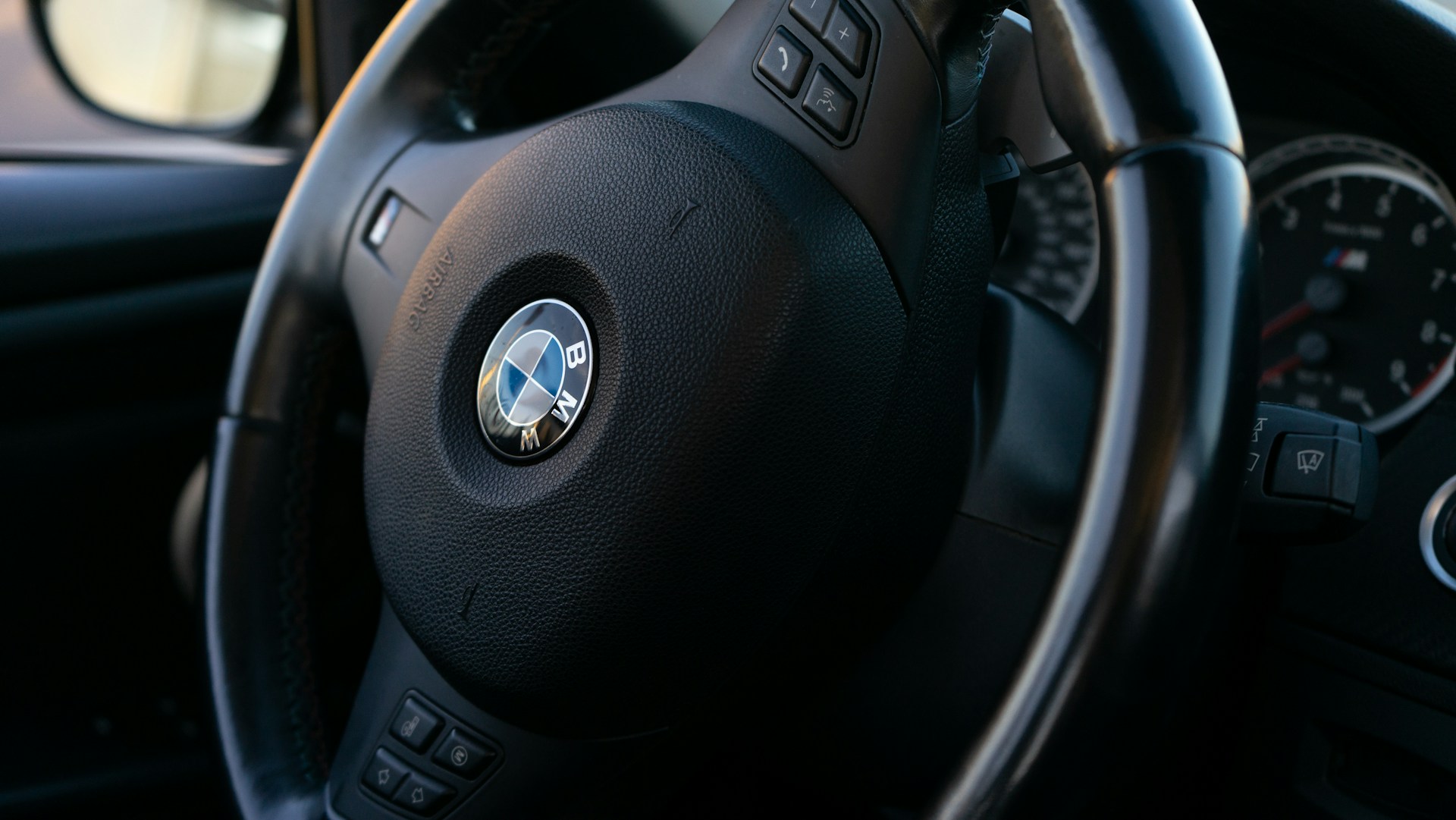Modern cars are electrically advanced devices that control everything from infotainment frameworks to lights, making them more than fair mechanical marvels. In any case, electrical parts in cars can break down like all complicated systems, which can result in a few issues, such as a dead battery, flickering lights, or defective sensors. Whereas ensuring your car remains in best shape, knowing how to settle these electrical issues in cars will save you cash and effort.
This post will audit the fundamentals of car electrical diagnosis and repair, its normal issues, investigating tools, and orderly approaches to finding and fixing issues.
Having a Basic Understanding of Automotive Electrical Systems
Understanding the basic parts of a car electrical repair is fundamental before starting any investigation. The vital components consist of:
- Battery: Supplies the electrical energy required to function accessories and begin the vehicle.
- Alternator: When the motor is operating, this gadget powers the car’s electrical frameworks and charges the battery.
- Starter: Turns on the engine to get the vehicle moving.
- Fuses and Relays: Help control power distribution and safeguard electrical components against overload.
- Connectors and wiring: Convey electrical current to different parts of the car.
The car’s electrical framework runs in a closed circle, meaning that control voyages from the battery to various parts and then returns to the battery to guarantee proper operation.
Ordinary Electrical Issues in Cars
- Dead or Weak Battery: One of the foremost electrical concerns is a dead or weak battery, which can make it troublesome for the car to begin and lead to other issues like poor lighting or broken gadgets.
- Alternator breakdown: When an alternator malfunctions, the battery cannot be charged, which can cause electrical difficulties when driving.
- Blown Wires: When a framework over-burden happens, wires may burst, ceasing the operation of a few electrical components, including the radio, interior lights, and headlights.
- Terrible wiring or loose connections: These conditions can cause sporadic electrical issues, such as flickering lights or parts that turn on and off without warning.
- Bad Starter Motor: Indeed though the battery may still be charged, the car won’t begin in the event that the starter engine fails.
- Faulty control modules or sensors: Advanced cars require an assortment of sensors and control frameworks to function. If one of these breakdowns, the dashboard may show caution lights, or the vehicle may run less smoothly.
Instruments Required to Troubleshoot Electrical Issues
A number of fundamental instruments are necessary for successful troubleshooting of electrical issues:
- Multimeter: An adaptable instrument for measuring resistance, voltage, and current.
- Test Light: An easy-to-use instrument for determining whether voltage is shown in circuits.
- Battery tester: To figure out how much charge is within the battery.
- OBD-II Scanner: Reads error codes to analyze vehicle control module issues.
- A wire stripper or cutter makes a difference in resolving wiring issues.
- Wrenches and screwdrivers are fundamental instruments for coming to parts and connections.
A Comprehensive Guide for Troubleshooting Car Electrical Issues
1. Examine the battery
Symptom: The car’s electrical parts are broken or won’t start.
First, make sure the battery has the correct voltage. When the engine is off, a fully charged battery should register about 12.6 volts. If the voltage is less than 12 volts, it may need to be replaced or recharged.
Advice: If the battery is more than three to five years old, it may be time to replace it.
2. Examine the alternator.
Symptom: When driving, the electrical system malfunctions, or the automobile starts but dies quickly.
Solution: Check the alternator output with a multimeter. When the engine is running, the battery voltage should be between 13.7 and 14.7 volts. Lower voltage could mean that the alternator isn’t correctly charging the battery, in which case it needs to be replaced.
3. Examine the relays and fuses
Symptom: A few electrical devices, such the radio or lights, aren’t working.
Solution: Find the fuse box on the car and check the fuses. A blown fuse usually contains a fractured metal strip inside. Any blown fuses should be replaced with identically rated ones. An underlying electrical problem may require more research if the fuse blows repeatedly.
Advice: Always keep extra fuses in your automobile for emergency replacements.
4. Examine the connections and wiring.
Symptom: Unreliability in parts or electrical problems that occur sometimes.
Solution: Check the wiring visually for corrosion, fraying, or wear. Ground connections, or the black wires attached to the frame, are important to notice because improper grounding might result in electrical issues. Replace or repair any broken wiring that you come across.
Advice: To avoid loose connections, make sure all connectors are firmly fastened.
5. Look at the starter engine
Symptom: Once you turn the key, the vehicle clicks but won’t begin.
Solution: Use a test light or multimeter to check whether power is getting to the starter when you switch on the start. In case the vehicle is powered on but won’t begin, the beginning motor may have to be replaced.
Advice: Guarantee the battery and alternator are disconnected to the issue before replacing the starter.
6. Check for Issue Codes
Symptom: Abnormal car behavior or warning lights on the dashboard.
Solution: To read error codes, interface an OBD-II scanner to the diagnostic port on the car. These codes can recognize issues with other electronic systems, control modules, or sensors. Once you get the inconvenience codes, you’ll be able interpret them by consulting the vehicle’s handbook or internet assets.
Advice: Many entry-level OBD-II scanners are available to consumers and can offer insightful data on a vehicle’s electrical system..
7. Solve Sensor and Control Module Problems
Symptom: Certain car systems malfunction, like cruise control, ABS, or engine misfiring.
Solution: Some sensors or control modules may need to be replaced or recalibrated. A high-caliber diagnostic tool can help identify which module is broken. Certain problems can be resolved by simply restarting the module, but other problems may require new parts.
Preventive Care for Automotive Electrical Systems
Preventive maintenance can help avoid electrical problems in the first place, even though resolving them is crucial when they do develop. The following advice will help you maintain the integrity of your car’s electrical system:
- Battery Maintenance: Inspect the battery terminals for corrosion and clean them in the event that is required.
- Checking the alternator could be a great thought, particularly if you take note of dimming lights or other electrical oddities.
- Examine Wiring: To identify any issues early, create the habit of checking the wiring and connections in your car each few months.
- Supplant Worn Parts: Before an add up to failure, supplant old fuses, transfers, or sensors.
Wrapping Up
Although diagnosing electrical issues in cars can be difficult, many issues can be settled without calling a technician if you have got the fundamental equipment and know-how. Employing a systematic approach, you may successfully decide the origin of the issue, from checking wiring and wires to testing the alternator and battery.
By doing routine preventive support, you will reduce the probability of electrical glitches and maintain the smooth operation of your car.







